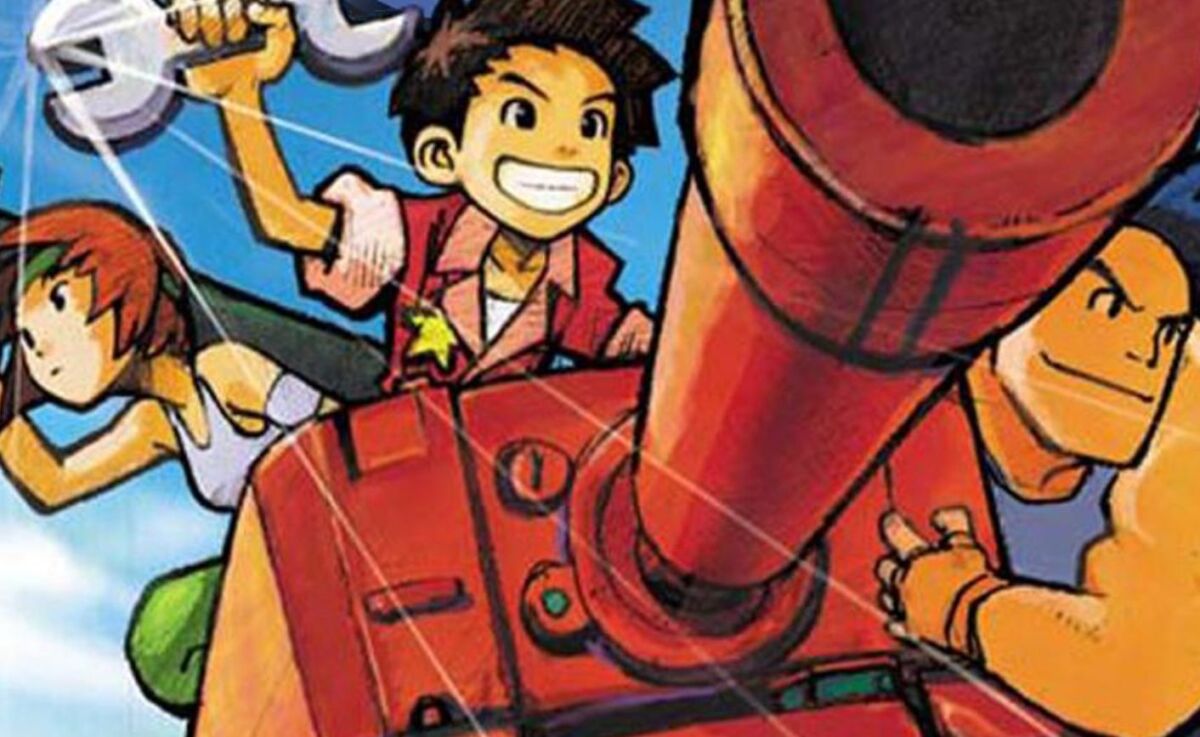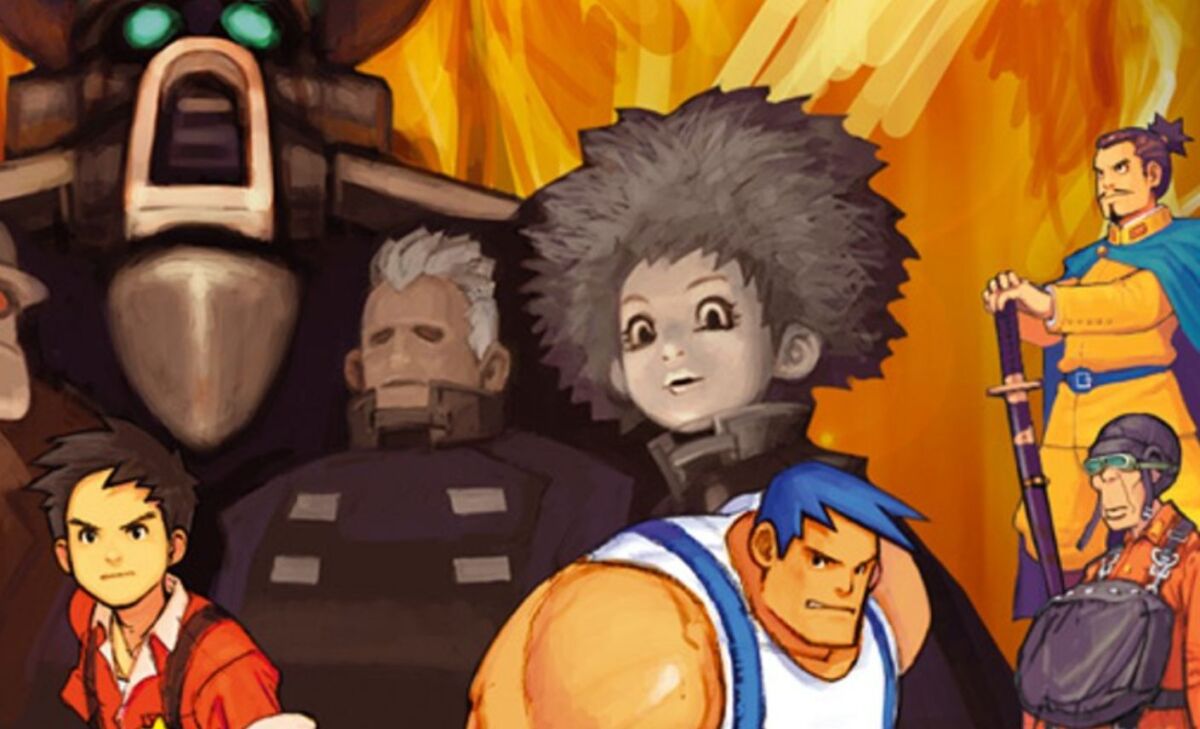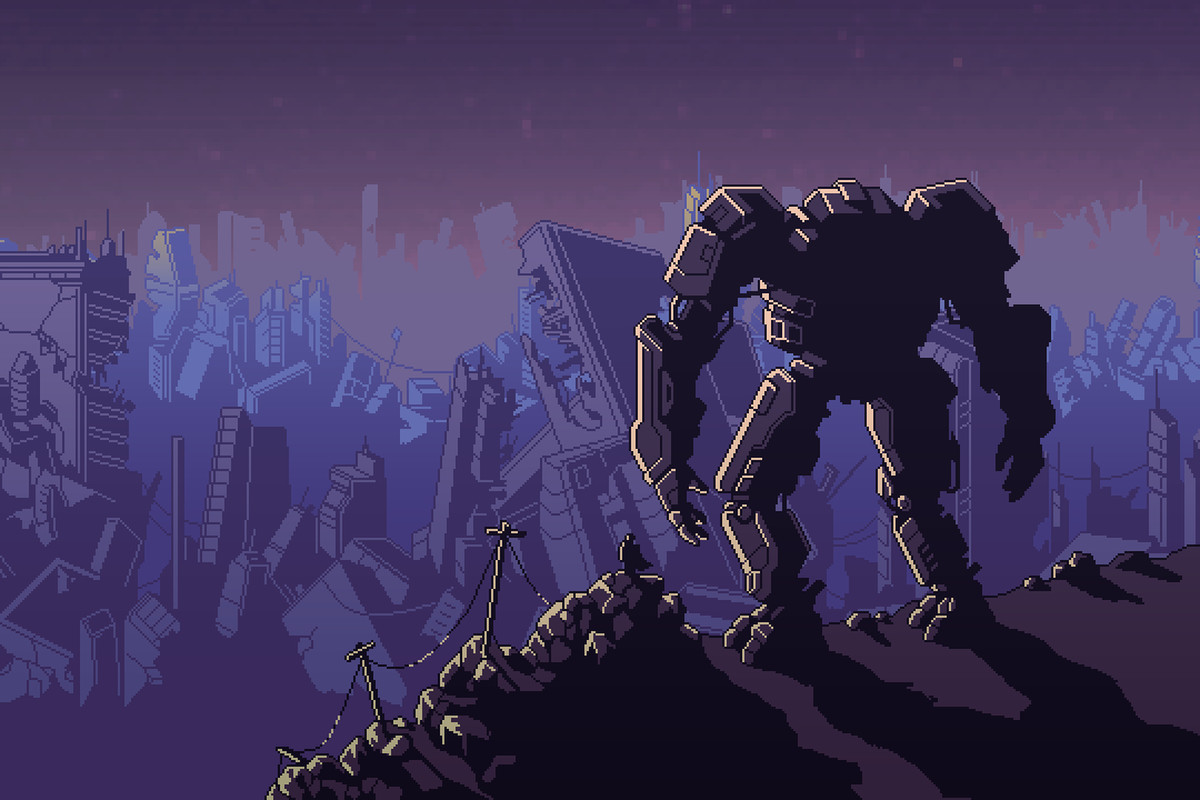One of the biggest surprises from Nintendo’s E3 2021 presentation was the announcement of Advance Wars 1+2: Re-Boot Camp, a remake of two nearly-twenty-year-old games, Advance Wars and Advance Wars 2: Black Hole Rising, for the Nintendo Switch. For fans of the long-dormant Advance Wars series, this was an exciting development, and a possible indication that new games in the series could be on the way.
For those less familiar with the Orange Star army’s exploits though, Advance Wars might seem like a mystery, given that the most recent title in the series was released in 2008. For the uninitiated, welcome to your Military History class, as we take a dive into the past of Advance Wars.
First Campaign (Famicom Wars, Super Famicom Wars, Game Boy Wars)

The Advance Wars games are actually the continuation of the turn-based strategy ‘Wars’ franchise which was only ever released in Japan. The series dates back to 1988’s Famicom Wars, developed by Intelligent Systems and Nintendo R&D 1 and published by Nintendo. The game laid the groundwork for the series’ turn-based and unit-specific combat, with players controlling the military of either the Red Star or Blue Moon countries and using ground, air, and sea units to battle opposing teams across 17 maps (two being secret endgame maps).
Famicom Wars was followed by a jump to handheld with Game Boy Wars in 1991, and a sequel, Super Famicom Wars in 1998, which expanded to include four playable nations. Game Boy Wars quickly took over as the main Wars title, with Game Boy Wars Turbo, developed by new Game Boy Wars steward Hudson Soft releasing in 1997, Game Boy Wars 2 in 1998 for the Game Boy and Game Boy Color, and Game Boy Wars 3 in 2001 for the GBC, just one month before Advance Wars would release on the Game Boy Advance. The Game Boy Wars games showed distinct progress in improving enemy AI compared to the previous Wars titles, but otherwise kept to the same formula and game mechanics. All of the above games were only released in Japan.
Troops Advance (Advance Wars, Advance Wars 2: Black Hole Rising, Advance Wars: Dual Strike)

Advance Wars finally began in earnest when it was released on September 10th, 2001 in the United States, with European and Japanese releases delayed due to the September 11th terrorist attack.
In addition to better graphics and a kinetic, cartoonish art style in its character designs, Advance Wars’ most prominent change from previous Wars games was its inclusion of a story mode. The player controls a soldier advising commanding officers of the Orange Star army, which has come under attack from the military of Blue Moon, then also the nations of Green Earth and Yellow Comet, until an ultimate conspiracy reveals that the armies have been pitted against each other by the sinister Black Hole army.
Advance Wars’ combat also includes new aspects and factors, like terrain providing different bonuses, and COs having unique abilities and advantages/disadvantages, along with a meter that, when filled from either delivering or surviving attacks, allows a CO to release their CO Power which buffs all their units or debuffs all enemies. Advance Wars received massive critical acclaim at release, with critics praising its nuanced game design and replay value, with IGN giving it the almost comedic score of a 9.9.
Advance Wars’ success was followed up with Advance Wars 2: Black Hole Rising in 2003. The game continued the story of the previous game with some new characters and COs, and was met again with positive reception, though some noted the lack of new content/new features, and some critics considered it little more than an expansion pack of new maps, albeit a well-made one. A preview at E3 showed that the changes were likely to be cosmetic, with IGN’s Craig Harris noting that the sequel “doesn’t have an overwhelming sense of newness…which isn’t a bad thing since the original Advance Wars is still one of the finest games ever created for any system.”
Advance Wars: Dual Strike took the franchise to the DS in 2005, and used the new handheld’s two screens to add extra views of the battlefield, with the bottom screen showing the current main battle and the top screen showing a second front, adding a new level of strategic complexity to missions. The story picks up after Advance Wars 2 as players battle the new, and still evil, Black Hole Army, now with new units like the Megatank, and a biological weapon called Oozium. Dual Strike also had a unique multiplayer mode that could be played on a single DS passed between players. It likewise got a positive reception, along with some criticism of overly familiar visuals and mechanics to past games. At this point, Advance Wars was a consistent experience, for better or for worse.
Bringing the War Home (Battalion Wars, Battalion Wars 2)

It turns out some novelty in the Wars formula was close at hand. In 2005, Battalion Wars was released, developed by Kuju Entertainment. Battalion Wars brought the Wars franchise to a new console, the Nintendo Gamecube, and also marked the first non-portable Wars game since Super Famicom Wars.
Battalion Wars sought to update the Wars series’ gameplay, adding RTS and third-person shooter elements, but unfortunately lacking a multiplayer mode. Battalion Wars’ story, taking place in a new world with new armies, lost some of the anime flavor of Advance Wars in favor of a more western depiction of war, with the enemies being the vaguely German/vaguely vampire nation of Xylvania. Battalion Wars received a positive reception, if not as much adulation as its portable predecessors. The new gameplay elements were appreciated, but critics cited them as not quite as polished as the usual tactics mechanics.
2007’s Battalion Wars 2, released for the Nintendo Wii, corrected its predecessor’s lack of multiplayer mode with local and online modes of playing with friends, and added multiple new features including new naval units and base facilities that can respawn downed units. The game received praise for these new features and new aspects of combat, but drew some criticism for its fiddly motion controls and limited campaign.
Welcome to the Edgy Corps (Advance Wars: Days of Ruin)

The final game in the Wars franchise, Advance Wars: Days of Ruin for the DS, returned to the handheld realm. Days of Ruin featured a notably darker, more grim and gritty tone, as Advance Wars tried to grow up and court a more mature gamer.
Divorced from previous Advance Wars continuity, Days of Ruin took place in a dark future where 90% of the world’s population has died from meteor strikes that blocked out the sun and ravaged the planet. In this apocalyptic landscape, the nations of Rubinelle and Lazuria are at war, and the player joins a battalion of Rubinelle under the leadership of a rugged hero named Brenner, leading to a brutal, cruel campaign of war.
From a gameplay perspective, Days of Ruin worked to simplify and strip down the Advance Wars experience in order to be more accessible for new players. CO Powers were significantly reduced in effectiveness, unit prices were rebalanced, and the combat experience was overall streamlined.
Days of Ruin was applauded for its approachable battle system and well done online multiplayer, while some critics were put off by the darker, more mature narrative style and the removal of some key gameplay elements from previous Advance Wars games.
All Quiet on the Advance Wars Front

This is where the story of Advance Wars ended, for thirteen years at least. While Days of Ruin was made available on the 3DS eShop in 2013, and many previous Advance Wars titles were available through the Wii U eShop, no other proper Wars game would come for some time.
In this absence, other independent titles would occasionally appear to fill the void, the most prominent Advance Wars acolyte being Wargroove, developed by Stardew Valley publisher Chucklefish in 2019. Another similar game was 2017’s Tiny Metal, developed by Area 35. Tactics fans have had no shortage of games to play in the interim, from the XCOM franchise to Into The Breach to the Total War, and even Nintendo’s own resurgent Fire Emblem franchise. Valkyria Chronicles, a tactics series that blends anime-style characters with grounded WWII-era conflicts, also seems to carry a lot of shared DNA with Advance Wars.
That said, while all of these tactics games are successful and well-designed in their own right, they haven’t quite recaptured the exact sense of mechanical complexity balanced with rich characters and vibrant aesthetics that made Advance Wars such a fan favorite.
The announcement of Advance Wars 1+2: Re-Boot Camp is by far the biggest breakthrough in news for the franchise in over a decade. Given the brief footage seen at E3, it appears the remake will include significant graphical upgrades, and the trailer promised that the games were being “reimagined and rebuilt from the ground up,” suggesting some reconfiguring of gameplay mechanics as well.
Advance Wars, despite its long time spent on the bench with other defunct Nintendo franchises, remains a fan favorite. With the Advance Wars 1+2: Re-Boot Camp scheduled for release on December 3rd, 2021, new fans and old will get another chance to enlist with Orange Star and take the military for a spin.
READ NEXT: The Best Warhammer Strategy Games You Should Check Out
Some of the coverage you find on Cultured Vultures contains affiliate links, which provide us with small commissions based on purchases made from visiting our site.

